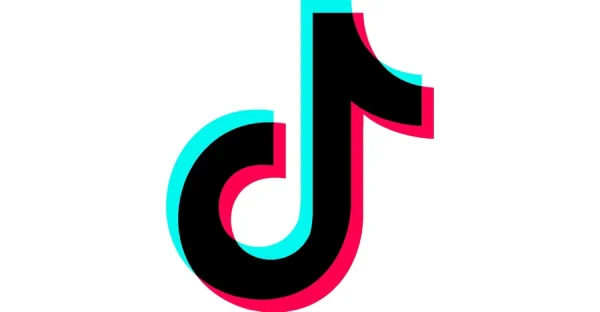SAT exams pivot to digital testing, starting spring 2024
Starting spring 2024, the SAT test will become digitized for all U.S. students.
Students will take the test on either personal computers or school-provided computers. The SAT will still take place at test centers, not at home, and will be monitored by proctors like pen-and-paper tests.
The graduating high school class of 2025 will be the first to take the test, as most students will take the SAT in the spring of their junior year. International students, however, will have an earlier implementation of the digital test in fall 2023.
The new format will also come with changes to the test itself. The test will take two hours instead of the regular three, and the reading and math sections will be abbreviated. The passages on the reading test will be much shorter and will have only one question per passage. The math section, previously divided into a no-calculator section and a calculator section, will now have calculators allowed on the entire section. Students will be provided a digital graphing calculator on the test application, which may be in addition to any physical calculator a student brings. This is likely to prevent the previous disadvantage of students not having or forgetting to bring a calculator.
The SAT digitization will bring about changes to test prep. PHS SAT prep teacher and English teacher, Ms. Lisa Marshall recalled how in 2016, College Board made similarly large changes to the SAT format, which also had a large effect on test preparation strategies. Test prep is as fluid as the test format; it changes to fit the test.
“We need to prepare the students for the battle they’re going to be fighting. Don’t arm them with spears if they have bazookas,” Marshall said.
Some fear that such heavy changes to the test will affect score distribution or make the test too easy.
“That’s a criticism [the public] has every year,” Marshall responded. “Everyone always says that the SAT is becoming too easy with every update. I don’t think that happens. It’s just to update with the students and stay relevant.”
College Board’s group of beta testing students claimed that the test was much less stressful to take. They also claimed increased test security as every student will take a unique test form to battle the risk of students cheating off of each other. Scores are reported to be given to students in mere days rather than weeks.
“I don’t think there’ll be any change in security since the SAT will still be administered at school or in a test center,” SMCS junior Roc Yu said in a separate interview.
There has been discussion that the digitization of the SAT is an incentive for students to take the test. Generation Z is more comfortable with digital content, and as colleges start going test-optional, the SAT is rapidly losing its relativity.
“The significantly reduced duration and calculator provision will certainly reduce stress,” Yu said on the new format’s appeal to the younger generation. “I think the new format makes a ‘no harm in trying’ attitude more viable.”
The ACT, a rival test to the SAT, is expected to follow suit with digitization, depending on the digital SAT’s success.
Lasya Musty is a junior in the Science, Math, and Computer Science Program and this is her first semester writing for the Poolesville Pulse. She has always...









